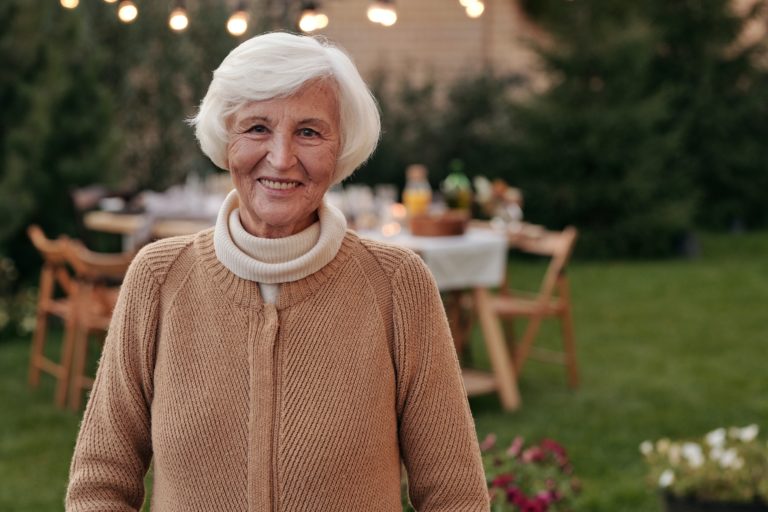The risk of falling increases as we get older, but it doesn’t have to be something inevitable that will happen to you. Understanding the factors that cause older adults to fall, and knowing what steps you can take to prevent a fall from happening, can make all the difference in the world.
Everyone wants to maintain their independence and stay as healthy as possible, but a fall can happen out of nowhere and leave you with an injury that robs you of your independence. In 2019, the CDC reported 3 million emergency department visits due to falls in people 65 years and older, with one out of every five falls causing serious injuries like broken bones or even head injuries.
Know the risk factors. The main factors behind falls are:
- Muscle weakness
- Balance issues
- Medications
- Obstacles in the home
- Poor or reduced vision
- Pain or numbness in the feet
- Environmental factors
The more risk factors you have, the higher your risk of falling. Here are some ways to reduce your chances of a fall:
- Exercises targeted for strengthening and balance. You can find great exercise videos on YouTube designed with older adults in mind. Just doing these a few times a week can make a huge difference.
- Speak to your doctor about your concerns with medications you are taking that may be causing balance issues.
- Eliminate obstacles in your home.
- Remove throw rugs and things that could trip you.
- Use railings when going up and down stairs.
- Have grab bars installed in your shower and next to the toilet. Use non-slip bath mats in the bath and shower.
- Avoid using step stools or ladders by keeping things in lower cabinets to reach easily.
- Be sure to visit your eye doctor each year to ensure you are up to date on the best outcome for your vision.
- Avoid tricky environmental factors. Each year the number of falls increases during the winter months. Avoid walking outside when conditions may be icy or slippery. Call a neighbor or friend to ask for help getting the mail or taking you to an appointment.
- Use this free online tool to check your own risk of falling. It only takes a couple of minutes and offers a printout you can bring to your doctor.
Falling can be prevented and doesn’t have to be something that happens to you. By thinking through your personal risk factors and understanding how you can improve your chances of staying on your feet, you’re already working towards reducing your risk of falling.
*This site does not provide medical advice. It is intended for informational purposes only and is not a substitute for professional medical advice or treatment.





